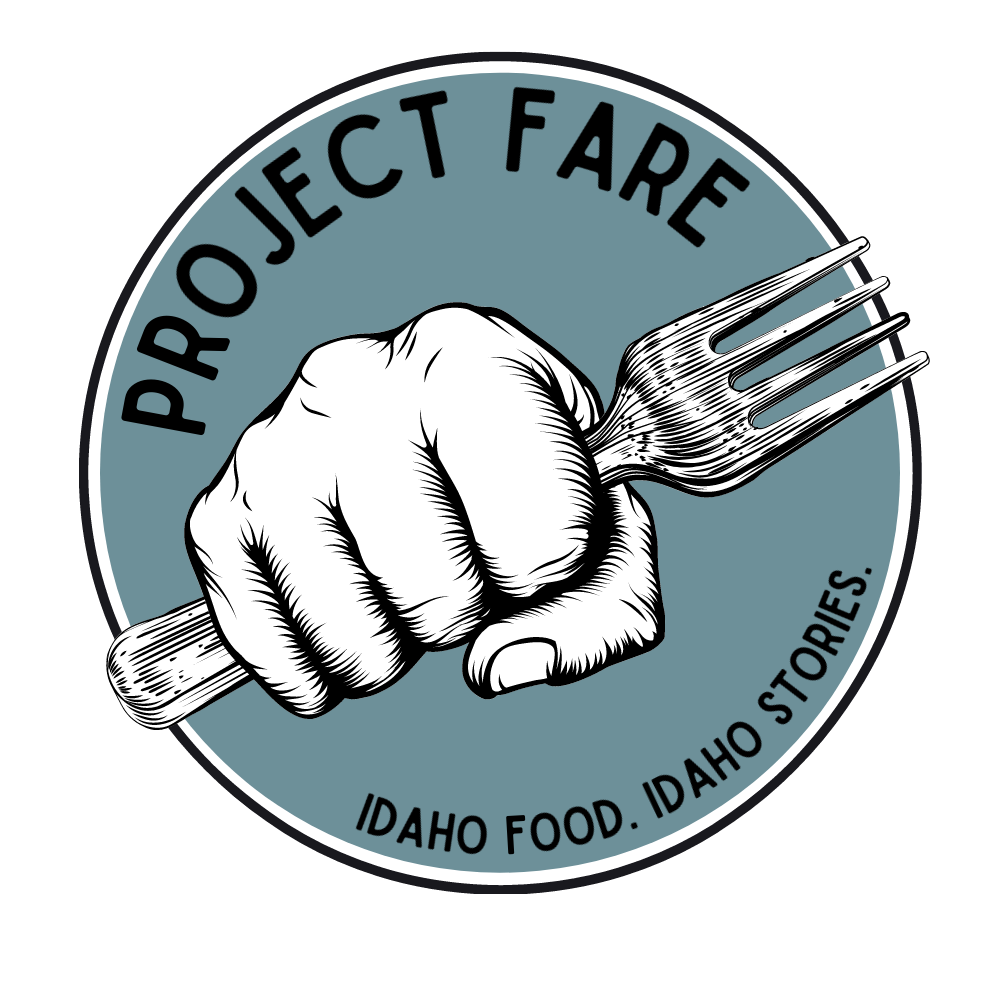Pilgrim’s Market sustains a grocer’s urban farm
Vegetables grow in the tunnel-shaped greenhouse in Pilgrim’s Market’s urban farm in Coeur d’Alene. | Photo courtesy of Pilgrim’s Market
Story by S. Michal Bennett
Once upon a time, “urban farming” was just everyday life. Over time, the growth of towns and cities pushed farmers further out and made way for large-scale agriculture.
Over the past 10 years, there has been a shift back towards growing food in urban spaces, whether an overgrown lot in the middle of Chicago or a string of repurposed private yards in British Columbia. But building a high-production farm right outside the back door of a grocery store is as urban as you can get.
Since 1999, Pilgrim’s Market in Coeur d’Alene has been offering healthy, local and sustainable foods, supplements and lifestyle products. In 2015, they decided to take their values a step farther by establishing a market garden directly behind the store to bring fresh produce directly from farm to shopping basket.
“Trying new things is sort of in my nature,” said Joe Hamilton, owner of Pilgrim’s Market. “Establishing an urban farm complements what our local suppliers are doing and ultimately allows us to deliver a better variety of local produce to our customers.”
The first tasks to establish Pilgrim’s Farm were to tear down the existing dilapidated houses and present their plan to the Coeur d’Alene City Council. Their idea was a foreign concept to some of the council members, but, in the end, the store was granted a special use permit to agriculturally develop the residential property.
After three years spent erecting a 36-by-60-inch tunnel, cultivating the severely depleted soil and figuring out the best crops to efficiently grow in the small space, farm manager Young Bennett submitted Pilgrim’s Organic Certification application to the Idaho State Department of Agriculture (ISDA). It was approved.
“To get certified and stay certified, we’ve had to keep detailed records of what failed, what worked and what we can do better year after year,” Bennett said. “And plan, plan, plan.”
Since Pilgrim’s Farm is such a unique operation, Young was appointed to the ISDA Advisory Council, where he hopes to encourage the future of organic urban farming throughout the state.
While half the goal of the farm is sustainable food production, the other half is education and awareness.
“Knowledge is power,” said Hamilton, “and to be able to share the knowledge that we’ve gained through resources and farm tours has been good for the community.”
Today, Pilgrim’s Farm fosters a varied habitat, builds compost and organically grows fruits, vegetables, herbs and a variety of year-round greens with their “Grown Right Here” model.
The farm’s leaders are also developing value-added products and continuing to adapt their systems and knowledge for the future.
“Having your hands in the dirt and nurturing life that nurtures you is a very holistic and positive endeavor,” Hamilton said. “The more people can see this done, the more they can imagine themselves doing something similar.”





